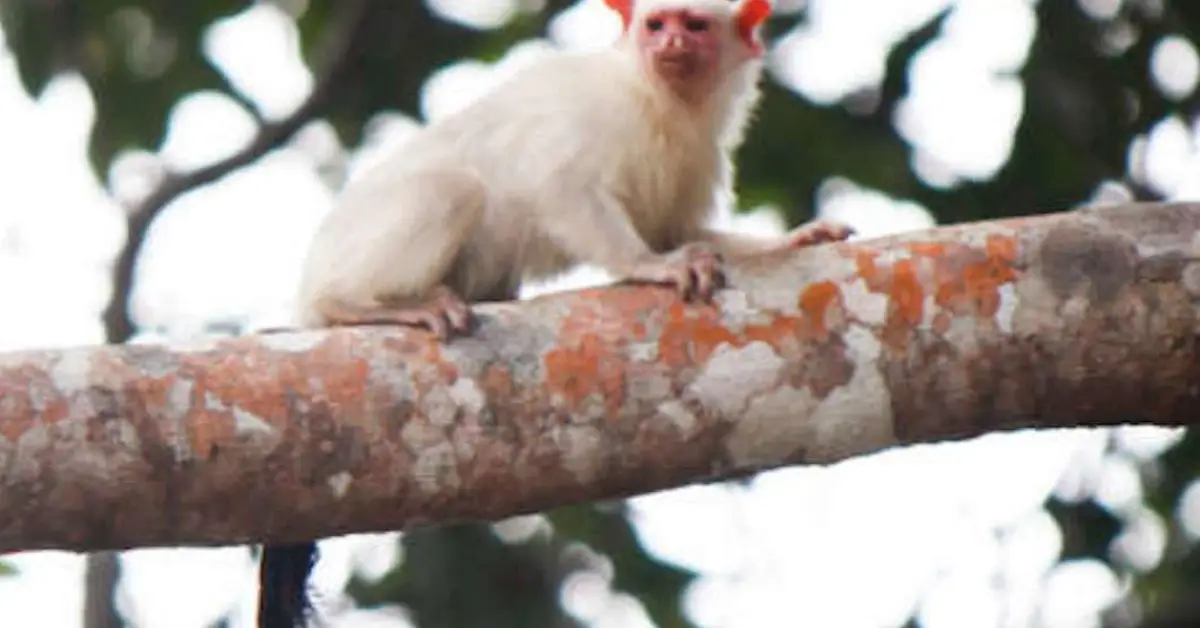While everybody is talking about the endangered species list what gets larger every single day, there are also good news regarding wildlife species. And the most recent one surfaced a few days ago, when a group of researchers claimed they might have found a whole new monkey species. The information initially come into sight on Peerj, an online scientific journal.
The new species, called Mico munduruku is part of Amazonian marmosets. The difference between them and the common marmosets is its uniquely snowy tail, Love Science reports. However, so far the experts cannot say precisely if it’s a whole new species or just a subspecies. Marmosets are tiny monkeys that live in the South American rainforest. So far there are at least 20 species known.
The Mico munduruku was accidentally discovered by Rodrigo Costa-Araújo from the National Institute of Amazonian Research in Brazil. Back then, the ecologist spotted three tiny monkeys while sitting on a tree. He immediately noticed their ‘unusual pigmentation.’

Therefore, he picked up a team and organized several expeditions to find out more about these marmosets. After collecting various samples, the team concluded the pelage pigmentation is the major difference between them and the other species.
“White tail, beige-yellowish saddle, white forearms with a beige-yellowish spot on the elbow, and white feet and hands are autapomorphies that readily distinguish these individuals from other species geographically proximate, similar in pelage pigmentation patterns, and phylogenetically closely related,” the study reads.

Despite it’s a relatively whole new species, the explorer are already concerned regarding them as their 21-square mile habitat is facing ‘extensive environmental degradation as a product of illegal logging and agricultural expansion,’ Love Science reports.
“Thus, just as we have discovered this species, we already need to be concerned about its survival,” Costa-Araújo said.
https://t.co/eD0BDWvzTz We discovered a new species of Amazonian marmoset! Mico munduruku was discovered in southwestern Pará (Brazil), and was described today in the scientific journal PeerJ. The name is after the Munduruku Amerindians. #clp #amazonia #conservation pic.twitter.com/Uf8feVAxKo
— Saguis da Amazônia (@amazonmarmosets) July 26, 2019

